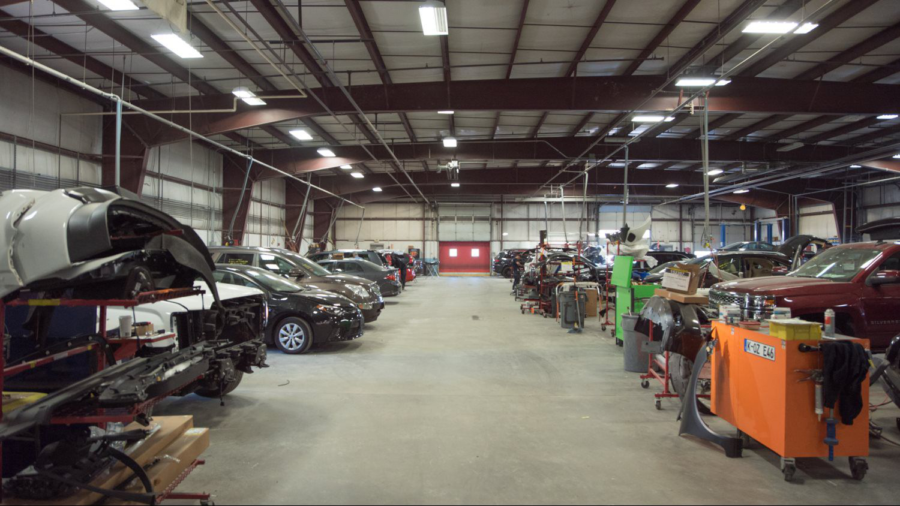Owning a car involves numerous repair charges coming on the way. But in most cases, the bill raised by the repair shops hold some figures, which you were never prepared for. Once the car is at their disposal, there is not much you can do but to pay off whatever amount they ask for. If you have experienced similar incidents, you might be looking for every means not to fall into the same trap again. Here we are aimed at helping you, how you can burst the balloon of mystery, that most of the repair shops blow up while billing for the work they have performed on your vehicle.
Follow these steps and you would be in control of what you pay.
Ask for The Repair Rates
Before handing over your car to a Collision Center, to get your repair work done, ask the shop how much they price for each type of work they perform. Some shops might come up with a flat rate for their labor for auto repairs while others charge based on the actual time taken by the technicians to work on the repair.
If a complicated and expensive repair is on the card, prepare the questions on the work you are going for and never fail to consider a second opinion.
Make sure that a written estimate should include the following:
- It should have a detailed description of the condition of the parts of the car that needs to be repaired.
- The new parts which are required and whatever is going to be the estimated labor charge. Do not forget to keep a signed copy for yourself.
- It written estimate should state that the shop would ask for your approval before they make any changes to the contract and perform any work that exceeds the existing amount of money as well as the time.
Acquire Knowledge on the Replacement Parts and their Costs
Parts that are going to be replaced aren’t anything unique. They are all classified as a part of the following:
New — These are parts that are generally made to the original manufacturer’s specifications, which are manufactured either by the vehicle manufacturer or by any branded independent company. The written document must state which parts they require, whether they are original or non-original parts. Remember price and quality of the parts would depend much on this classification.
Refurbished — These are parts that have been restored back to a sound working condition. In many cases the manufacturers come up with a warranty for covering the specific replacement parts.
Salvage — These are the used parts that are taken from other dead vehicles without making any alteration. The Salvage parts are sometimes the only procurement source for cars that falls under older make or vintage category.
Everything Else
After the completion of your repair work done from the Body Shop, do not come out without a completed repair order that describes the work done in detail. This is to check if the repair work was properly done and to claim your rights, if a part is not working after replacement.
